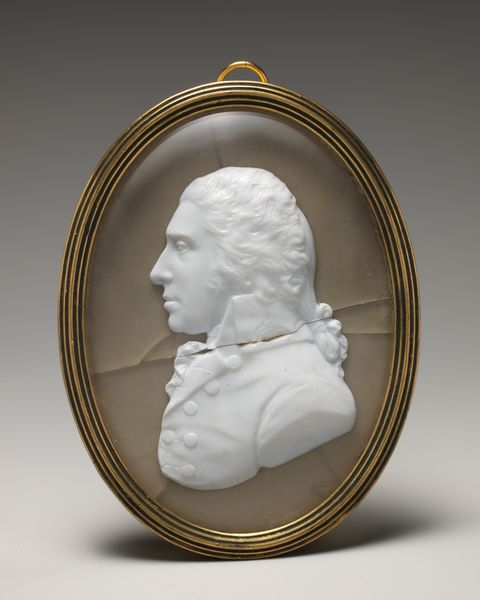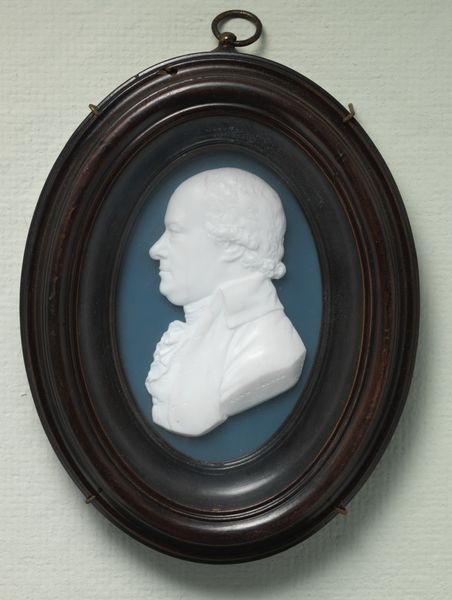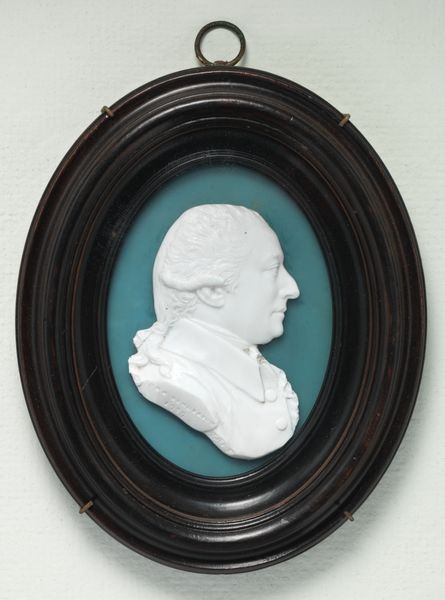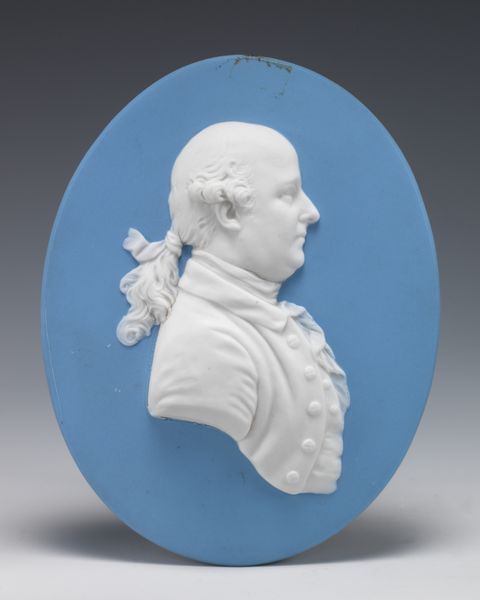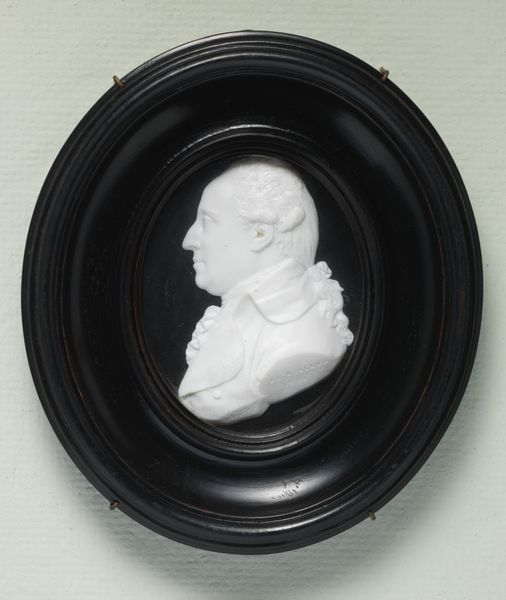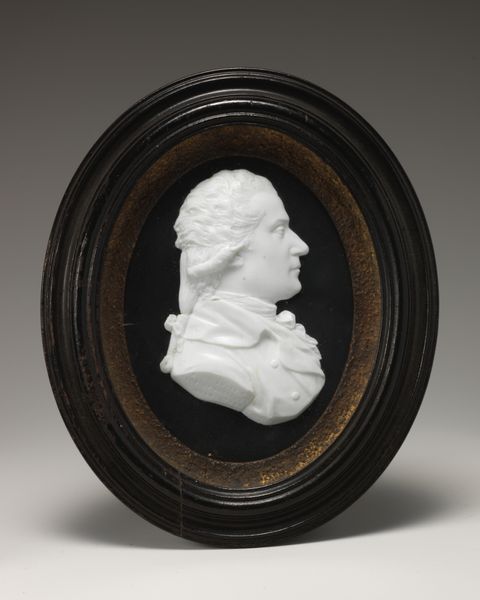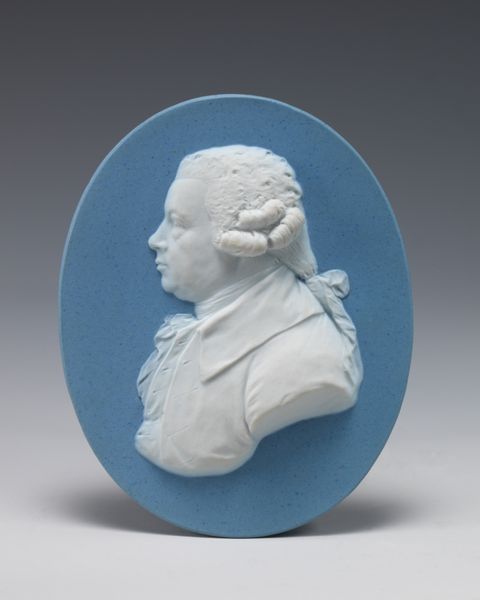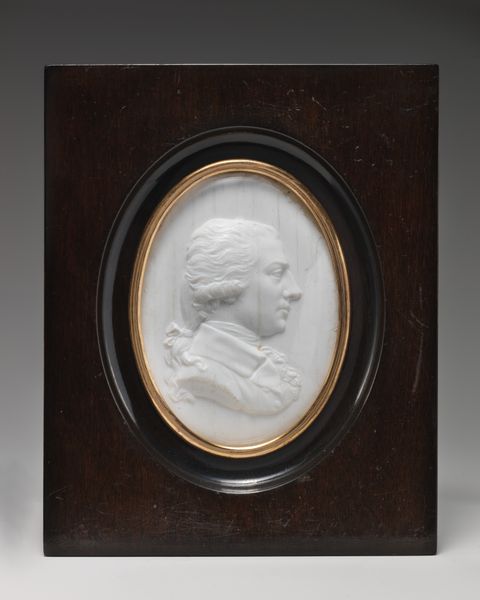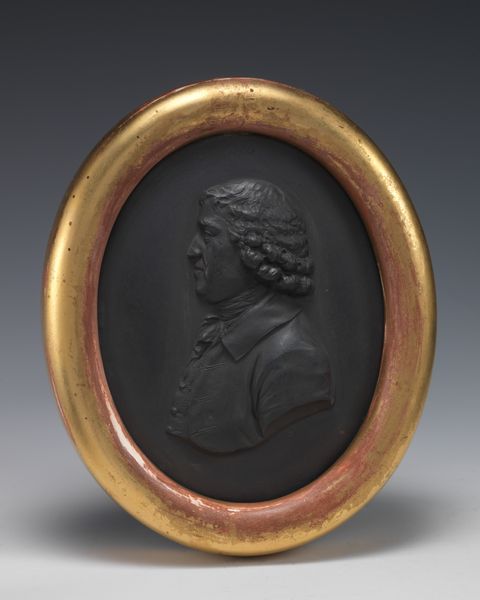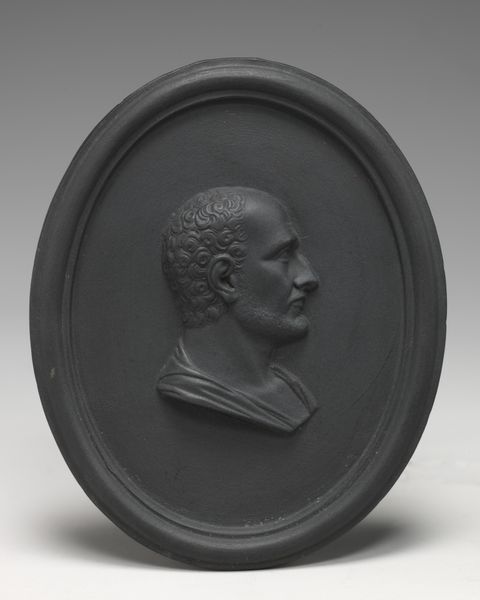
relief, glass, sculpture, marble
#
portrait
#
neoclacissism
#
relief
#
sculptural image
#
glass
#
sculpture
#
decorative-art
#
marble
#
profile
Dimensions: 3 5/8 × 2 3/8 in. (9.2 × 6 cm)
Copyright: Public Domain
This portrait of John Horne Tooke was made in 1792 by James Tassie, using a white paste composition called enamel. The image is a reminder that the late 1700s in Britain was a time of intense political debate. Tooke was a controversial figure, a clergyman and philologist who was imprisoned for his political views. He supported parliamentary reform and was associated with radical thinkers like Thomas Paine. Tassie's choice of enamel is interesting. While marble busts were typically reserved for the elite, enamel allowed for a more democratic form of portraiture. Its whiteness recalls marble, yet it was more affordable. This piece embodies the tensions of its time, a society grappling with tradition and revolutionary ideas. To fully understand this portrait, we delve into the pamphlets, letters, and legal documents of the period, uncovering the complex social and political networks in which Tooke and Tassie operated. Artworks such as these reflect their historical context, shaped by the forces of society and institutions.
Comments
No comments
Be the first to comment and join the conversation on the ultimate creative platform.
